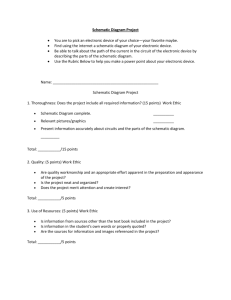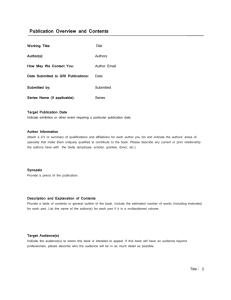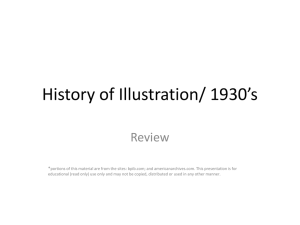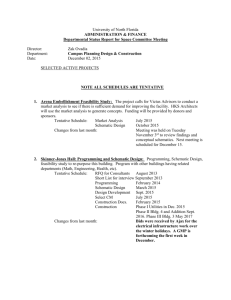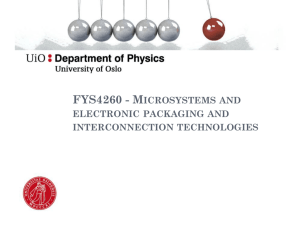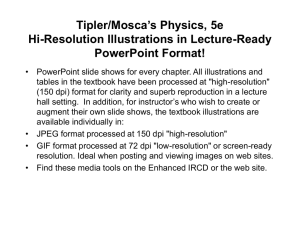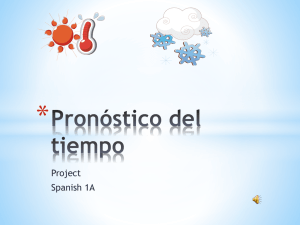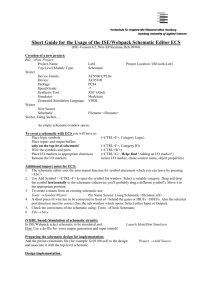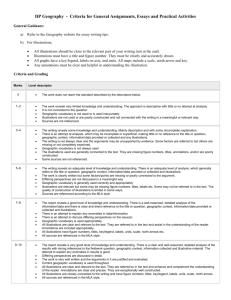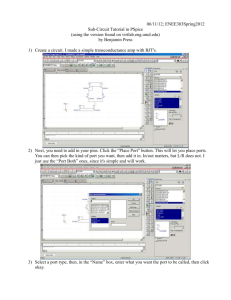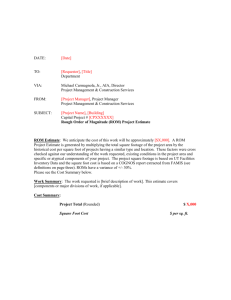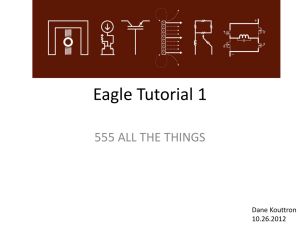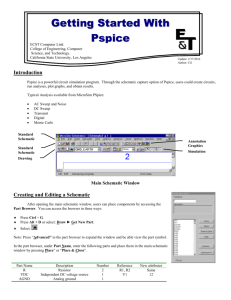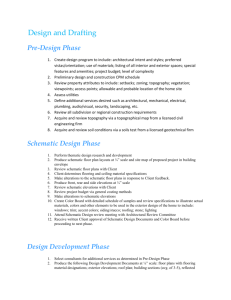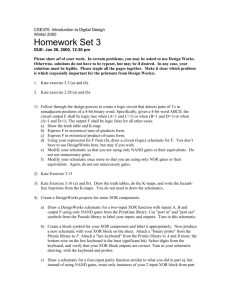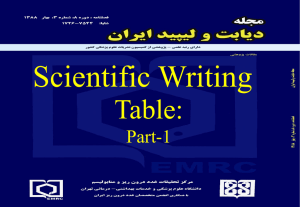introduction ppt - Ivy Tech -
advertisement
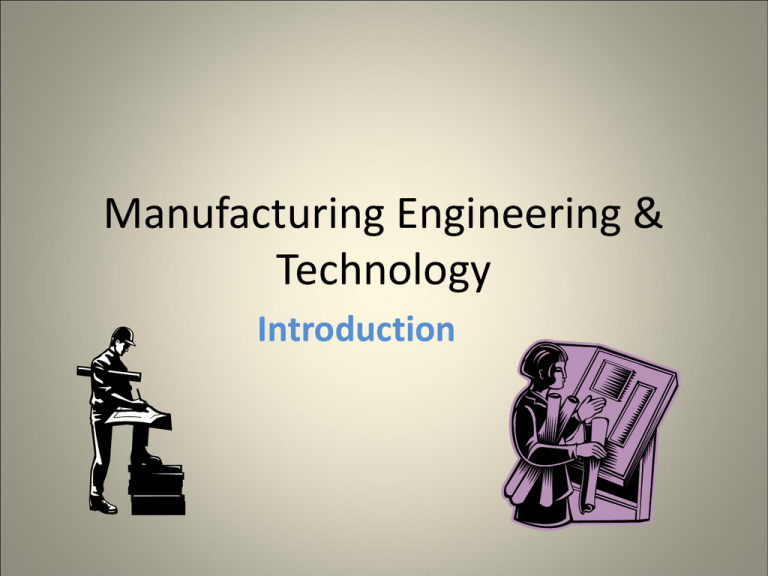
Manufacturing Engineering & Technology Introduction Manufacturing • Comes from Latin manu factus “made by hand” • Manufacturing is concerned with making products. Dates back to 5000-4000 BC TABLE 1.1 Approximate Number of Parts in Products TABLE 1.2 Historical Development of Materials, Tools, and Manufacturing Processes TABLE 1.2 (continued) Historical Development of Materials, Tools, and Manufacturing Processes TABLE 1.2 (continued) Historical Development of Materials, Tools, and Manufacturing Processes TABLE 1.2 (continued) Historical Development of Materials, Tools, and Manufacturing Processes TABLE 1.2 (continued) Historical Development of Materials, Tools, and Manufacturing Processes Industrial Revolutions • (First)Industrial revolution: England 1750s. Prior to this good produced in batches and required much manual labor in all phases of production • (Second) Industrial revolution: mid-1900’s Solid-state electronic devices and computers • Interchangeable parts- early 1800’s- American manufacturer Eli Whitney FIGURE 1.2a Components of a common incandescent light bulb. Source: Courtesy of General Electric Company. FIGURE 1.2b Manufacturing steps in making an incandescent light bulb. Source: Courtesy of General Electric Company. Product Design • Product Design involves the creative and systematic prescription of the shape and characteristics of an artifact to achieve specified objectives while simultaneously satisfying several constraints (p.8) • Concurrent Engineering (simultaneous engineering): from the earliest stages of product design and engineering, all relevant disciplines are simultaneously involved. FIGURE 1.3 (a) Chart showing various steps involved in traditional design and manufacture of a product. Depending on the complexity of the product and the type of materials used, the time span between the original concept and the marketing of the product may range from a few months to several years. (b) Chart showing general product flow in concurrent engineering, from market analysis to marketing the product. Source: After S. Pugh. Life Cycle • Life cycle of a product 1. Product start-up 2. Rapid growth of the product in the marketplace 3. Product maturity 4. Decline Life Cycle Engineering Life cycle engineering requires that the entire life of a product be considered, beginning with the design stage and on through production, distribution, product use, and finally recycling or the disposal of the product. Computers • CAD • CAM • Prototype: a physical model of an individual component or product (Rapid prototyping) More about Design • Design for manufacture is a comprehensive approach to integrating the design process with production methods, materials, process planning, assembly, testing and quality assurance. • Design for service: products often have to be disassembled to varying degrees in order to service and repair. Green Design Green design and manufacturing considers all possible adverse environmental impacts of materials, processes, operations, and products, so that they can all be taken into account at the earliest stages of design and production. Selection of Materials • Ferrous metals: carbon, alloy, stainless, steel • Nonferrous metals: aluminum, magnesium, copper, nickel, titanium… • Plastics (polymers): Thermoplastics, thermosets, elastomers • Composite materials: reinforced plastics and metal-matrix and ceramic-matrix composites • Nanomaterial • Shape-memory alloys TABLE 1.3 General Manufacturing Characteristics of Various Materials FIGURE 1.5 Cross sections of baseball bats made of aluminum (top two) and composite material (bottom two). FIGURE 1.6a Schematic illustrations of various casting processes. FIGURE 1.6b Schematic illustrations of various bulk-deformation processes. FIGURE 1.6c Schematic illustrations of various sheet-metal-forming processes. FIGURE 1.6d Schematic illustrations of various polymer-processing methods. FIGURE 1.6e Schematic illustrations of various machining and finishing processes. FIGURE 1.6f Schematic illustrations of various joining processes. FIGURE 1.9 A saltshaker and pepper mill set. The two metal pieces (at the bottom) for the pepper mill are made by powdermetallurgy techniques. Source: Reproduced with permission from Success Stories on P/M Parts, Metal Powder Industries Federation, Princeton, NJ, 1998. TABLE 1.4 Average Life Expectancy of Various Products Product Quality Product quality (p.29) is one of the most critical aspects of manufacturing because it directly influences customer satisfaction. The traditional approach of inspecting products after they are made had largely been replaced by the recognition that quality must be built into the product from its initial design thought all subsequent stages of manufacture and assembly. ∑∑∑∑∑∑ (Six Sigma) • The level of defects is identified in terms of standard deviation and given the symbol sigma (Greek letter ∑ upper case or σ lower case) • Six sigma (standard deviations) allows only 3.4 defective parts per million parts made TABLE 1.5 Relative Cost of Repair at Various Stages of Product Development and Sale TABLE 1.6 Typical Cost Breakdown in Manufacturing TABLE 1.7 Approximate Relative Hourly Compensation for Workers in Manufacturing in 2006 (United States = 100)

